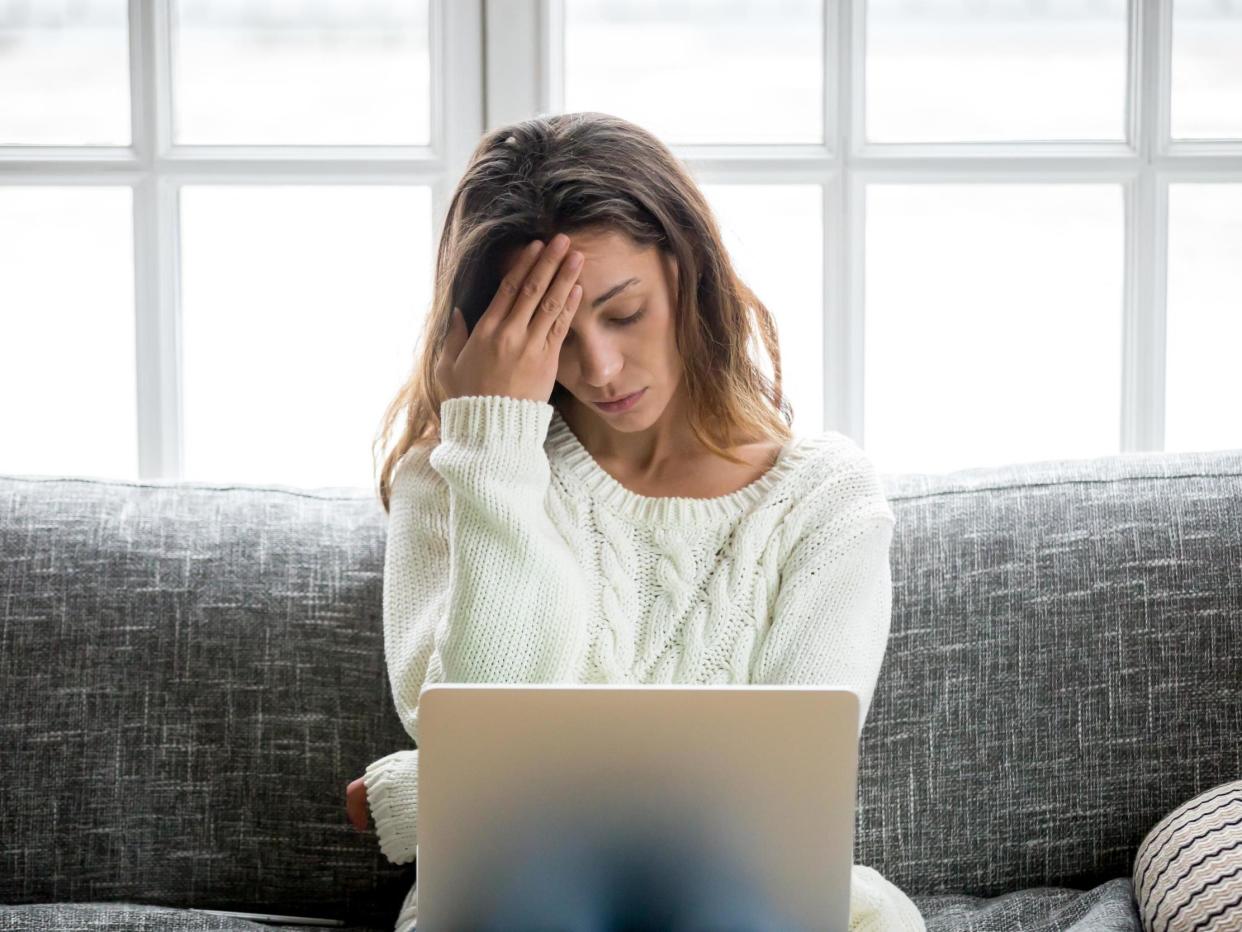If we’re serious about protecting people from eating disorders, we have to monitor dangerous ‘pro-ana’ sites

Fearne Cotton recently opened up about her “intense” 10-year battle with bulimia on Elizabeth Day’s How to Fail podcast. Cotton was reluctant to speak on this period of her life until now, due to feeling “a little bit embarrassed” and “ashamed”. Her disorder manifested as a way to gain some control over her “sometimes bonkers” life, although she later realised that she wasn’t really in control at all.
I can identify with her. After a turbulent home-life during my early teens, I developed an unhealthy relationship with diet and exercise. I suffered with bulimia’s lesser-known cousin: binge eating disorder.
My poor relationship with food during my teenage years can be chalked up to a variety of things, but the main catalyst – the culprit – was harmful “pro-anorexia” websites.
These websites, forums and blogs have been designed to supposedly “give sufferers a place to belong” – a sense of community. In reality, they glorify eating disorders, giving tips on hiding food, making yourself sick and tricking doctors into thinking you’ve gained weight.
These communities were plastered with ridiculously dangerous diets. One in particular caught my eye: a 50-day diet that never went over 500 calories per day (bar one day of 800kcal) and boasted results of 50-70lb losses in just one cycle.
To an uneducated teenager, this was perfect. 500kcal is a lot, right? I thought it would be easy; I’d never even heard of a calorie.
Naturally, I never succeeded past the second day of this diet. I was starving. But the “thinspiration”, the quotes about how “nothing tastes as good as skinny feels”, the pictures of thigh gaps and protruding hip bones all bred nothing but jealousy and guilt.
This steered me towards the most harmful habit I’ve experienced; years of punishing my “inability” to starve myself with bingeing. I completely lost control, developing an all-or-nothing mentality.
I felt stuck. I was embarrassed; no one knew that I was suffering with emotional binge eating. How could I tell anyone what I was going through when I was so greedy and fat? The danger of pro-ana communities, is that they’re full of sick people who believe that they’re “not sick enough”.
My want for a skeletal body – the body of someone that starves themselves – was no more than a cry for help. I wanted to look as sick as I felt inside. I wanted someone to reach out. But the starve-binge cycle inevitably led to more weight gain, and more self-hatred, pushing me further away from a healthy relationship with food.
Much like Cotton, it has taken a long time for me to “mentally recover”. I still have “unkind thoughts” about my physical appearance, as well as the urge to emotionally eat and obsess over calories. I was lucky enough to also “naturally find my own way” back to a healed relationship with food and eating, with fitness playing a key part.
With schools not teaching lessons on nutrition while pro-ana sites are readily available, people can too easily develop disordered behaviours that can, as Cotton put it, “rule” your life. According to the NHS, there is around a 1 in 30 to 1 in 50 chance of a person developing binge eating disorder at some point during their life.
With these statistics in mind, it is vital that we continue to monitor the pro-ana internet – those almost-forgotten minefields of disordered advice.

 Yahoo News
Yahoo News 
